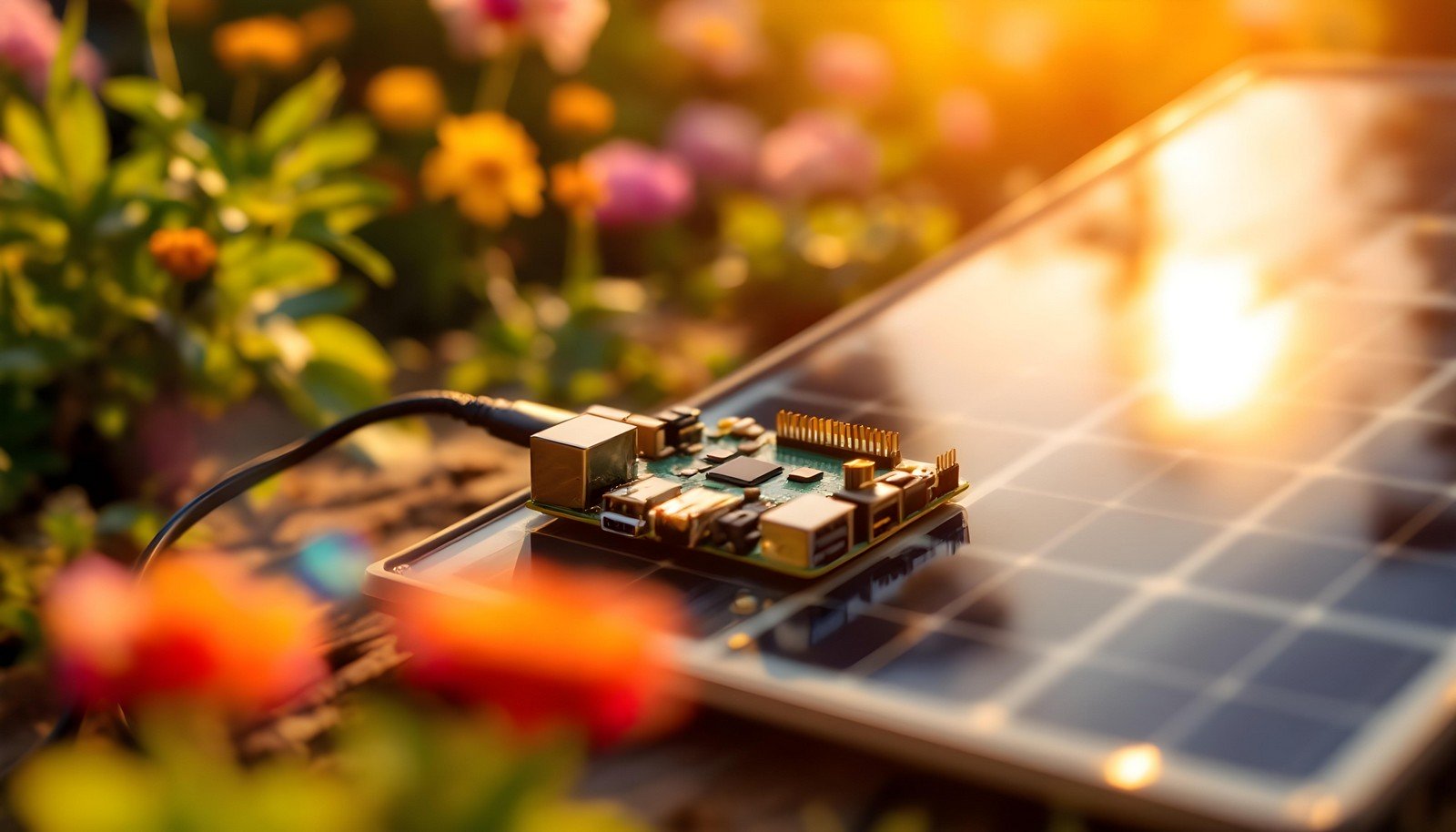Development Board

Quick Navigation:
- Development Board Definition
- Development Board Explained Easy
- Development Board Origin
- Development Board Etymology
- Development Board Usage Trends
- Development Board Usage
- Development Board Examples in Context
- Development Board FAQ
- Development Board Related Words
Development Board Definition
A development board is a printed circuit board (PCB) designed to aid developers in creating and testing hardware and software applications. Equipped with essential microcontrollers or microprocessors, it includes various interfaces like GPIO pins, USB ports, and power supplies. Developers use these boards for prototyping and debugging electronic systems, with popular examples including Arduino, Raspberry Pi, and ESP32.
Development Board Explained Easy
Think of a development board as a Lego set for building technology. It’s like a small computer that lets you experiment and make cool gadgets, like robots or smart lights, by plugging in wires and writing instructions for it to follow.
Development Board Origin
Development boards emerged alongside the growth of personal computing in the 1980s. Companies like Arduino and Raspberry Pi later revolutionized the industry by making low-cost, user-friendly boards for hobbyists and professionals alike.
Development Board Etymology
The term “development board” combines "development," referring to creating and testing systems, and "board," highlighting its flat, circuit-board design.
Development Board Usage Trends
Development boards have become increasingly popular due to the rise of IoT (Internet of Things), hobbyist electronics, and STEM education. They are widely used in prototyping for consumer electronics, automation, and wearable devices.
Development Board Usage
- Formal/Technical Tagging:
- Embedded Systems
- Prototyping
- Microcontroller Development - Typical Collocations:
- "development board project"
- "Arduino-based development"
- "IoT development board"
- "prototyping with development boards"
Development Board Examples in Context
- Students use Arduino development boards to learn coding and create basic circuits.
- Engineers prototype smart home devices using Raspberry Pi development boards.
- IoT developers often rely on ESP32 boards to create connected devices.
Development Board FAQ
- What is a development board?
A PCB with a microcontroller or microprocessor for prototyping and testing electronic systems. - How is a development board used?
It’s used to connect components and run programs for testing or creating systems. - What are common types of development boards?
Arduino, Raspberry Pi, ESP32, and BeagleBone. - Why are development boards popular in IoT?
They simplify building and testing connected devices. - Can beginners use development boards?
Yes, many are designed to be beginner-friendly, with tutorials and community support. - What’s the difference between Arduino and Raspberry Pi?
Arduino is for hardware control; Raspberry Pi is a full-fledged computer. - What programming languages work with development boards?
Languages include C++, Python, JavaScript, and others depending on the board. - Are development boards reusable?
Yes, they can be reprogrammed for different projects. - How much does a development board cost?
Prices vary, starting as low as $5 and going up to $100 or more. - What industries use development boards?
Education, electronics, IoT, and automation industries.
Development Board Related Words
- Categories/Topics:
- Embedded Systems
- IoT
- Prototyping
- Microcontroller Programming
Did you know?
The Raspberry Pi foundation created its first development board in 2012 to promote computer science education. Since then, it has sold millions, revolutionizing DIY electronics and affordable computing.
PicDictionary.com is an online dictionary in pictures. If you have questions or suggestions, please reach out to us on WhatsApp or Twitter.Authors | Arjun Vishnu | @ArjunAndVishnu

I am Vishnu. I like AI, Linux, Single Board Computers, and Cloud Computing. I create the web & video content, and I also write for popular websites.
My younger brother, Arjun handles image & video editing. Together, we run a YouTube Channel that's focused on reviewing gadgets and explaining technology.



Comments powered by CComment